Mastering Social Media for Nonprofit Promotion: Insights and New Data from Experts
I’ve fundraised $725,000 in one year for a local charitable foundation, and its social media strategy played a big part in the outcomes.

I’ve fundraised $725,000 in one year for a local charitable foundation, and its social media strategy played a big part in the outcomes.
Unlike businesses, nonprofits don’t sell products or services. You have to rethink your approach and simultaneously evoke compassion in your followers, increase their count, and make donors believe in your noble cause.
All under a limited marketing budget. If you’re wondering how to pull this off, keep reading.
Table of Contents
Why Nonprofits Should Use Social Media
How do you tell your story as a nonprofit to attract either donors or engaged audiences? A website alone won’t do. Nobody googles NGOs to make a contribution or become a follower unless they already know you. That means SEO isn’t your winning strategy.
But social media is.
1. Social media gives you brand exposure and visibility.
70% of donors visit a nonprofit's social media profiles before making a gift, as Bloomerang found. But let’s leave fundraising aside for a moment. Social media is a powerful means to inspire supporters and get your organization discovered by new audiences.
Viral video content on TikTok is your go-to tool. Organizations can build a following exponentially by creating moving or funny content.
An example is a Spotlight Humanity video gathering 1.1M views. The video is quite simple — just a little deed that means a whole life to a child.
2. It helps you nurture supporter relationships.
LinkedIn, X, TikTok, Instagram — all foster two-way communication and keep audiences linked to a cause. It also opens new doors for networking with influential backers.
For example, TeemTreas, a collaborative fundraising campaign launched by YouTube star MrBeast, planted 20+ million trees. The initiative found its supporters across different social media platforms.

3. It adds to your transparency and credibility.
The biggest fear of a supporter is that money will be spent somewhere else. Creating open annual reports with all incoming and spent funds by articles gives immense transparency to an NGO of any size.
Next, you create a series of social media posts where you share your numbers and beneficiaries’ stories.
4. It amplifies fundraising efforts.
Facebook and Instagram offer special tools and solutions for nonprofits to send more givers to your website or raise money directly on Facebook and Instagram.
5. It helps you recruit volunteers and staff.
How did I discover a foundation to fundraise for? Through their Instagram account, namely Reels. How do we gather volunteers to remove debris or help distribute food kits?
Guess the answer. Social media campaigns.
We even hired a few team members who DM’d our Instagram account and offered their help as volunteers.
Media content is the best way to connect with change-makers and create a better world.
The simplest example is clean-up campaigns.

Bonus: You’re becoming a recognized thought leader in a chosen sector, therefore, boosting brand awareness on a local and global level. Members of your organization will be offered interviews and broadcasts.
How to Build a Nonprofit Social Media Strategy

At District #1 Foundation, a nonprofit I’m part of, we use YouTube, LinkedIn, and Instagram as our prime channels. However, we will soon be launching TikTok as well. I joined the organization in its first year and needed its solid online presence to communicate with potential donors.
Here’s a step-by-step guide to social media strategy development that you can follow for your own organization.
1. Outline the goals you want to achieve.
You can’t stretch yourself thin and create all possible content at once. Select your three desired outcomes you want to achieve first and build up a strategy around.
I recommend starting with:
- Raising awareness about your mission.
- Recruiting volunteers.
- Increasing donations or recurring gifts.
While chasing these goals, you’ll automatically drive more traffic to your website and build a community of like-minded people.
Secondly, turn these goals into measurable, time-bound objectives.
Example: Grow our Instagram engagement rate to 1.5% and add 1,000 new followers by June 2025. Raise $3,000 to buy equipment for clean-ups. Engage two influencers in the initiative by June 2025.
Once you have it, develop your ICP (an ideal customer profile) that you want to attract. Use HubSpot’s ICP Worksheet to find best-fit supporters.
2. Think of the key audience segments.
Before you write a single caption or cue up a reel, get clear on who you’re talking to. Then, speak in their language.
Donors fund the mission — they want to feel the real impact.
Volunteers give their time — they need a reason to show up.
Advocates and influencers carry your message — they thrive on stories worth sharing.
Each one needs different content.
Tip: Different age groups prefer different platforms. Gen Z may be more active on TikTok or Instagram Reels, while Gen X leans toward Facebook.
Use a free buyer persona generator to understand shared and unique traits of your audiences.
3. Analyze popular volunteer movements and charitable organizations' social media.
This is your goldmine of thought-provoking, funny, touching, and entertaining campaigns to inspire your content strategy.
Start by analyzing local charitable initiatives and organizations, and look up their social media. Take notes of top-performing posts and make assumptions about why they worked out.
Pay attention to the audience segment a post was created for.
Here, you want to get ideas for attracting volunteers and micro-influencers.
How to find such initiatives? Google charitable organizations registered in your city or country, or use hashtags on social media.

Examples: #AnimalRescue + #Seattle, #HomelessOutreach + #Philly, #LAvolunteers, #BeachCleanup, #ForYou, #donate.
Tip: Use ChatGPT Model 4o to generate relevant hashtags.
4. Create a content strategy.
Plan your content pillars. These are categories of posts you'll rotate between.
Impact Stories
Videos of beneficiaries, their before and after, or clips taken from the field. This content format is perfect for TikTok and Instagram Reels, as well as for paid ads. It can also be a carousel post.
And remember, your videos shouldn’t always be of superior quality. They must convey emotions and the reality on top of anything else. Look at the post below from an animal shelter rescue from Gaza.

Behind-the-Scenes
These are primarily staff intros and daily team activities, from the office and the field.
Calls to Action
Posts aiming to gather volunteers, emergency response, donate to a cause, sign up for your newsletter, sign a petition, etc.
For example, MercyCorps urges you to donate to skill training programs for smallholder farmers in Guatemala by matching 2X your contribution.

Educational Posts
Infographics, awareness facts, or survey results. In both video and graphic formats.
For example, UNICEF Ukraine shares educational Reels, Stories, and Carousels twice a week to teach parents or youth about how to cope with war-caused anxiety, how to properly feed an active teenager, etc.
In the post below, UNICEF collaborated with a child therapist and featured 24 ideas for tired parents to play with the baby.

Event Highlights
When you attend events for NGOs, fundraising evenings, or talk to government officials, you want to share the news and key takeaways and tag the event or an important person. This way, you forge trustworthiness and increase brand awareness.
You can create a standalone post or repost one of your colleagues.

Donor Spotlights
Received a non-anonymous contribution or signed a new contract with a donor? Turn this into the post! Make photos with a contributor, record a short video-interview (can be done online via Zoom), and make them feel appreciated.
Plus, the giver will repost it and show your work and impact to their audiences.
At District #1, we share such news across all platforms.

5. Measure results and improve.
And, as the final step of your social media strategy for a nonprofit, turn to analytics. Define what metrics you’ll be working towards at the beginning and check every month if you’re on track. Try to replicate top-performing content and see if it yields the same results.
What metrics to track:
- Engagement rate
- Reach/impressions
- Link clicks/traffic
- Follower growth
- Donations from social
Run and analyze all your social media campaigns from one place. Connect with people you care about on each social platform.
Best Social Media Platforms for Nonprofits
According to HubSpot’s 2025 Social Trends Report, 85% of marketers found that social media marketing was effective for their brands. Charitable organizations also saw above-median engagement rates across all social media platforms, with TikTok dominating the engagement rate per video.

While it’s great to have a diversified nonprofit social media strategy, focusing on too many platforms at once uses up a lot of time and resources.
So, instead, I suggest selecting two to four platforms that work best for my cause and sticking to them until you reach your social media goals.
My favorites are Instagram and TikTok. Since each platform has its unique features and user preferences, you should follow different strategies to maximize your content’s impact.
1. Facebook
I’ve been using Facebook ever since I got my first smartphone.
But this year, 1 in 5 marketers plan to cut investments in Facebook and pour budgets into YouTube, TikTok, and Instagram, according to the 2025 HubSpot Social Trends Report.
Given that, I’d not prioritize this platform, but ditching it completely would also be a mistake. Millennials are still hanging out on Facebook, meaning your audience can be there. Plus, their private contributions are generous — most millennial donors gave between $100 and $499 in 2024.
(This is also why I advise you to create a buyer persona and understand where your supporters sit.)

Consider No Kid Hungry, a charity organization that aims to end childhood hunger in the U.S. The nonprofit has gained over 334,000 followers by regularly posting about its campaigns and activities on its Facebook Page.
Numbers aside, Facebook offers simplicity and versatility. My peers from nonprofits had success promoting all types of content, from texts and videos to infographics and polls. Let’s look at some strategies they follow.
How to Use Facebook for Nonprofits
- Livestreaming: Compared to pre-recorded videos, livestreams give organizations higher engagement rates. You can provide real-time updates about your nonprofit’s activities by livestreaming them. At the same time, viewers can make donations through the livestream itself.
- Using the donation button: During a fundraising campaign for unsheltered people, one expert created a dedicated Facebook Page with a donation button. This made it easier for supporters to make donations once they visited the page.
- Joining Facebook groups: Groups allow nonprofits to reach a global audience that shares the same passion. You can post on different Facebook groups to ask for donations or volunteers. You can also manage your own group, where you can share updates with supporters.
2. Instagram
Instagram has become the #1 platform for nonprofit discoveries among Gen Z, according to 1,000 surveyed supporters. On top of that, 51% of Gen Z volunteer their time in tandem with their financial contribution.

So, this platform is ideal for engaging the young audience and recruiting volunteers.
However, Instagram only promotes visual content formats like images and videos. This can pose a challenge if you prefer writing about your brand.
Use various reel templates, memes, and other social media trends for nonprofits to turn serious charity information into fun content your audience will love.
Hilarity for Charity’s Instagram posts recently grabbed my attention while scrolling through my newsfeed.
I like how they use content categories and brand colors to create a powerful and supportive atmosphere while educating readers about Alzheimer’s disease.

How to Use Instagram for Nonprofits
- Partnering with influencers. Influencer marketing is one of the key strategies to increase audience interaction, and Instagram is a great place to find public figures who are passionate about charitable causes. You can ask influencers to create reels showcasing their support for your cause.
- Cross-sharing. If I make a post on Facebook, I can share it on Instagram with one click. So, even if you're low on time, you can quickly run a campaign on two social media platforms at once.
- Using Instagram Stories. You can use Instagram Stories to build curiosity among your followers and get them to visit your profile. Stories typically include sneak peeks into your latest campaigns, shoutouts to supporters, and some behind-the-scenes shots of volunteers working.
3. TikTok
TikTok’s 2.85% engagement rate per video compared to 0.66% for Facebook makes this video-based platform a solid choice for social media marketing strategy for nonprofits. It supports charities not just through fundraising but also by rolling out new features.
For example, in 2023, TikTok donated $250,000 to the Rare Impact Fund while introducing features like sleep reminders and screen-time limits to support mental health.
TikTok’s demographics largely consist of people below the age of 34 . This means I can easily reach Gen-Zers and younger millennials on the app.
Other nonprofits also use TikTok for growth and increased reach. American Cancer Society, for instance, has built a good presence on TikTok and has gained over 28,700 followers.
How to Use TikTok for Nonprofits
- Creating video content: Create videos about field activities, fundraising campaigns, and event planning. This shows supporters how you’ll be spending their donations.
- Using Donation Stickers: Make sure to add Donation Stickers to all videos. This way, followers can directly make donations without spending time searching for a link.
- Uploading short videos: TikTok allows video uploads of up to three minutes. However, I recommend uploading shorter videos that are less than 30 seconds because these get the most engagement.
- Use hashtags: It will make your account and videos discoverable for new supporters and will be added to Google SERPs.
4. X (Formerly Twitter)
Modern businesses are shifting their focus to video-based platforms, but X still has a fair share, with 63% of B2C brands using X. Personally, I also consider X a great nonprofit marketing channel.
But it’s not just me. Other nonprofits have had great results on this platform. Consider Oceana International, an NGO dedicated to saving and restoring the oceans. It has amassed more than 482,800 followers on X.

X has a massive celebrity presence, which means you can grab the attention of celebs who might be interested in working for your cause.
Creating content on the platform is also easy, as it allows users to add short captions to images and videos.
However, what’s tiring about X is that I need to post daily. Otherwise, engagement rates quickly die down, and it becomes difficult to increase your reach once more.
How to Use X for Nonprofits
- Organizing content into threads: X posts (formerly tweets) have a limit of 280 characters. But I’ve found that threads are a great way to get around the limit. Not only do they allow me to share more information, but they also convince the X algorithm that my posts are engaging.
- Posting during prime time: The trick is to post at a time when users are most active. Recent studies found a sweet spot between 9 AM and 11 AM during workdays.
- Using actionable CTAs: Another way I increase my engagement on X is by using calls-to-action like “Share if you support this cause” or “100k likes, and we’ll organize free health checks this month.” This encourages people to interact with my posts through likes, reposts, and comments, increasing my reach.
- Creating branded hashtags: Using popular hashtags can help you reach a large audience. You can also create your own hashtags and encourage followers to use them in their posts.
Similarly, hundreds of other nonprofits have successfully created social media campaigns on platforms like Reddit, Threads, and LinkedIn. The platform you choose depends on your goal and the demographics you want to target.
Meagan Jackman, President and CMO of The Harkey Group, provides guidance to help you choose the ideal platform:
“If a nonprofit needs corporate donations, the team should turn to LinkedIn. If there’s a youth nonprofit looking to speak to parents, they should leverage Facebook. If the message is informational, YouTube is a great medium.”
The ultimate goal is to be where your target audience can find you.
My experience showed that LinkedIn is the most effective way to find institutional partners and large donors. However, I used a mix of personal branding and cold outreach.
Social Media Tips for Nonprofits
Use these tips when designing your social media strategy for a nonprofit organization. It will make you connect with supporters faster.
Prioritize high-engagement formats.
As mentioned above, the best-performing content types for non-profits in 2025 are:
- Short-form video (Instagram Reels, TikTok, and YouTube Shorts)
- Photo carousels
- Infographics
- Behind-the-scenes
- Authentic content
A quick iPhone video of a fieldworker explaining what a $25 donation provides is more powerful than a static link post. And $25 can feed a kid, plant 25 trees, and sow hundreds of vegetables.
Write with a human voice.
You want to be:
- Relatable, not robotic
- Emotionally compelling
- Action-driven (use strong CTAs: “Join us,” “Give now,” “Watch this story”)
Make your brand voice heard and convey it through your media formats.
Use AI tools to inspire your content strategy.
Usually, you’ve got endless opportunities to snap a video while working on the site. Every beneficiary, be it a cat, a tree, the ocean, or a human, is a compelling story. But when I’m on a field trip, I always hesitate on what to shoot.
Here, AI can come to the rescue.
As an SMM specialist, it’s your duty to guide your fieldworkers on the type of content you want them to capture. Ideate with ChatGPT or Jasper. Explain the purpose of a field trip and ask a robot to generate ideas for different social media channels.
Use AI to speed up social media strategy creation and ask it to develop a social media calendar.
You’ll save days on it and reinvest time into analytics and creativity.
Collaborate with micro-influencers.
Mega influencers may rack up views, but micro-influencers tend to have tighter-knit communities. Partner with mission-aligned voices who actually care about your cause.
Encourage them to co-create content and become a real part of your initiative.
For example, Weston Koury (@westbrouck) on TikTok partnered with The Good Patch and the It Gets Better Project to raise awareness for LGBTQ+ youth mental health.

Use advanced data-driven tactics.
Focus on conversions that matter. Donation clicks, volunteer sign-ups, event RSVPs. Combine social data with CRM insights for full-funnel tracking.
Remember to A/B-test multiple versions of the same post across different sub-audiences. Analyze micro-conversions (e.g., 10-second video views vs. link clicks) to refine messaging.
Add unique UTM tags to campaign posts to measure platform ROI and see exactly which source drives the highest-value actions.
Having these data points, you can double down on what works, even with a limited budget.
Nonprofit Social Media Examples
Habitat for Humanity
Habitat for Humanity is a charitable foundation that helps with social housing. It has a presence on all social media except for TikTok. However, I noticed that their Instagram generates the most engagement.
Their team focuses on creating field content, showing construction in progress, and featuring stories with happy beneficiaries.

The page looks vibrant and really gives off that strong mission vibe. I recommend that nonprofits study this Instagram and take notes on the field content.
Dollar For
Dollar For has a noble mission to pay hospital bills that people can’t afford. It has amassed a great following across different social media platforms without investing in fancy video production. TikTok has 93,500 followers, while Instagram has 64,600 followers.

The founder of the organization records his thoughts on the topic and posts educational content every day, including beneficiaries' stories, medical bills that are queuing to be paid, etc.
I love that level of authenticity! It allows for a real connection with the mission and his passion, which is contagious.
Note: They repurpose the same content across different platforms while changing captions and colors. And this strategy works! You can replicate this too for cost-effectiveness.
The Wildlife Trusts
Their noble mission is to restore nature across the globe. A 100-year-old foundation found its supporters on X (aka Twitter) with 272,100 followers and an active audience under its posts.

They share beautiful nature posts while also sparking debates with the UK government. One moment it's a funny animal meme, the next — it’s a call for donations or an educational infographic.
The Wildlife Trust is an excellent example of how different content performs and how it resonates with both loyal supporters and new visitors. I also love how they use emojis in clever ways to strengthen that connection with nature.
Learn from their posts and write down which posts captured your attention. Think ‘why?’ for a second. Note it, too. Then, replicate the strategy.
Support Your Cause Through Social Media for Nonprofits
I know firsthand how tough nonprofit marketing can be — I've been there. But once I started focusing on building a strong presence across platforms like LinkedIn and Instagram (soon TikTok), I saw how much easier it became to connect with people and donors who truly care.
That’s why I believe in leaning into best practices and staying on top of social media trends. It’s helped me grow awareness, build trust, and create real engagement — and I’m confident it can do the same for you.
Editor's note: This post was originally published in March 2014 and has been updated for comprehensiveness.
![]()











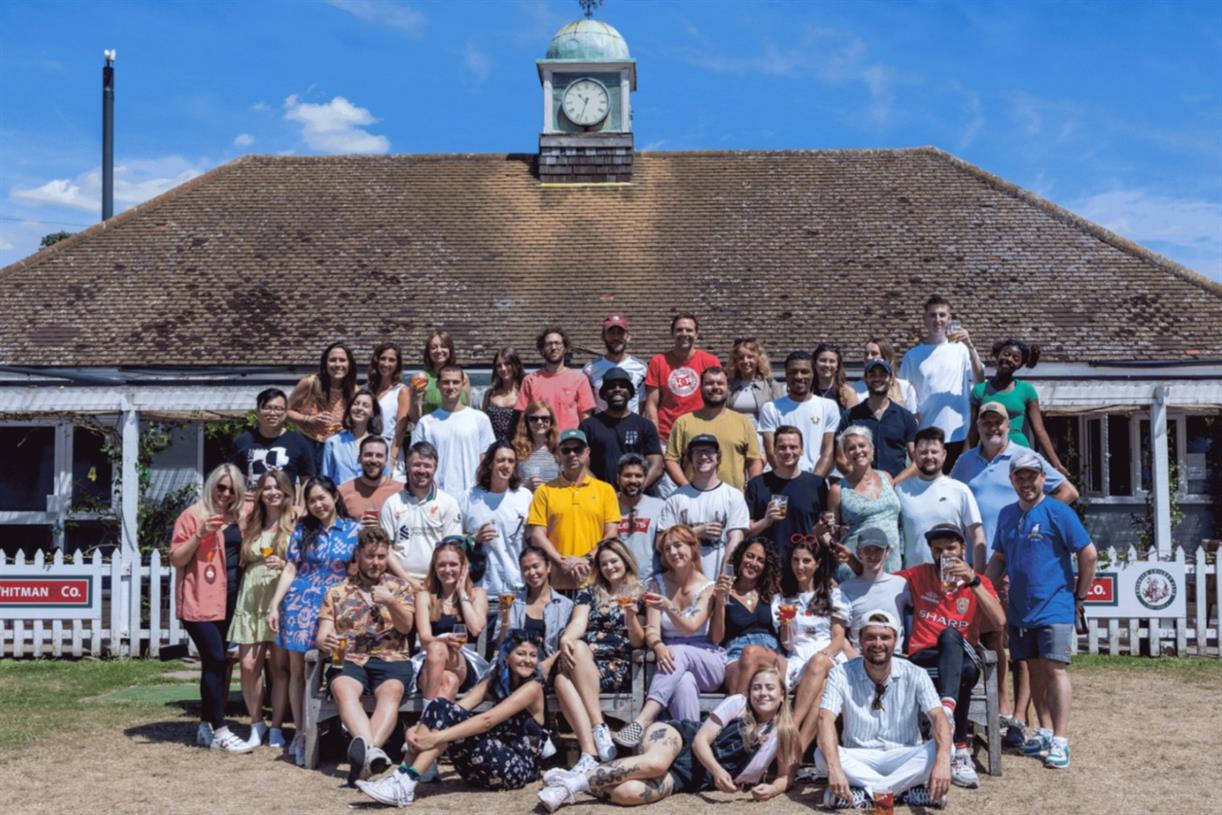










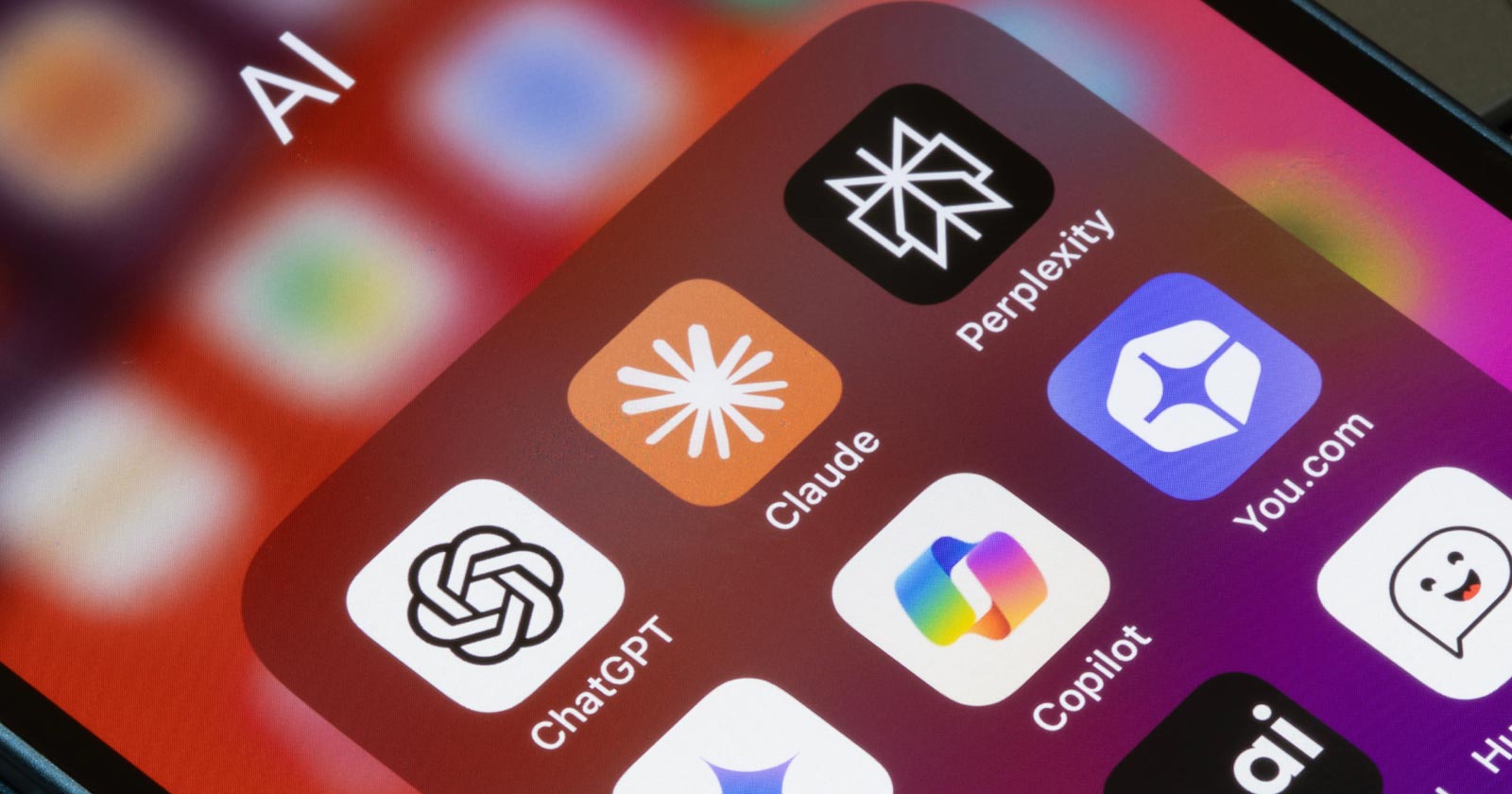




![How To Launch, Grow, and Scale a Community That Supports Your Brand [MozCon 2025 Speaker Series]](https://moz.com/images/blog/banners/Mozcon2025_SpeakerBlogHeader_1180x400_Areej-abuali_London.png?auto=compress,format&fit=crop&dm=1747732165&s=beb7825c980a8c74f9a756ec91c8d68b#)
![Clicks Don’t Pay the Bills: Use This Audit Framework To Prove Content Revenue [Mozcon 2025 Speaker Series]](https://moz.com/images/blog/banners/Mozcon2025_SpeakerBlogHeader_1180x400_Hellen_London.png?auto=compress,format&fit=crop&dm=1747758249&s=9f3c5b1b7421f862beace1cb513053bb#)
![How To Create an Integrated Strategy That Increases Brand Mentions and Visibility [Mozcon 2025 Speaker Series]](https://moz.com/images/blog/banners/Mozcon2025_SpeakerBlogHeader_1180x400_JamesH_London.png?auto=compress,format&fit=crop&dm=1747780409&s=9bf9f0a2623b4a8be6eaf8f235115505#)









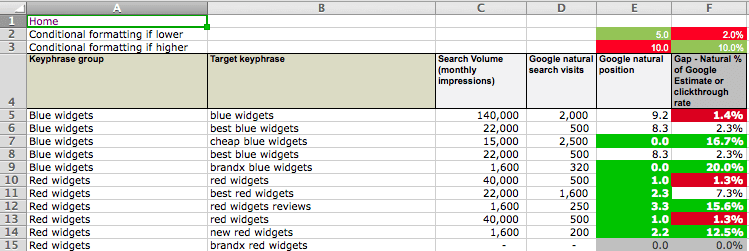
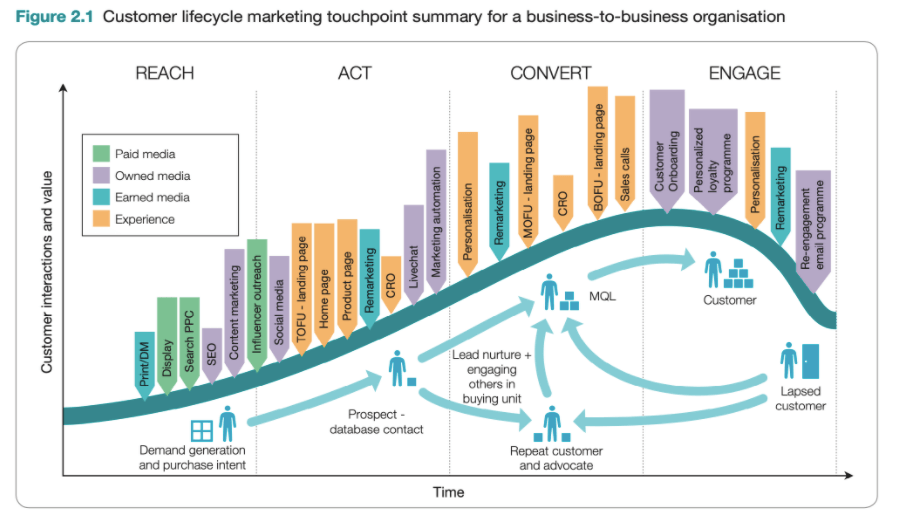








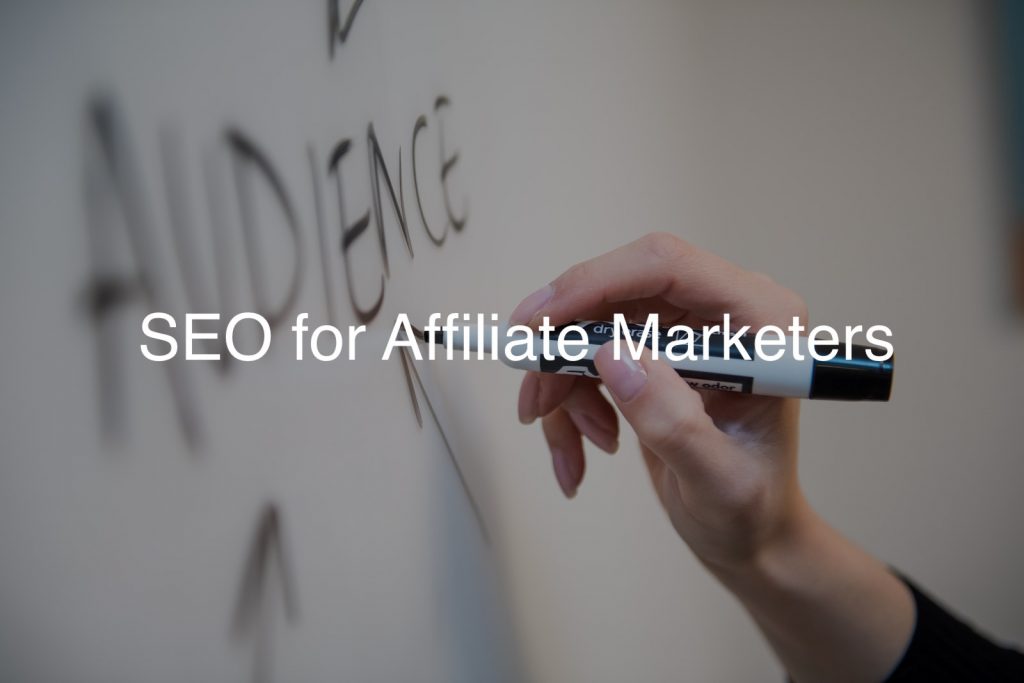

![The 11 Best Landing Page Builder Software Tools [2025]](https://www.growthmarketingpro.com/wp-content/uploads/2024/04/best-landing-page-software-hero-image-1024x618.png?#)
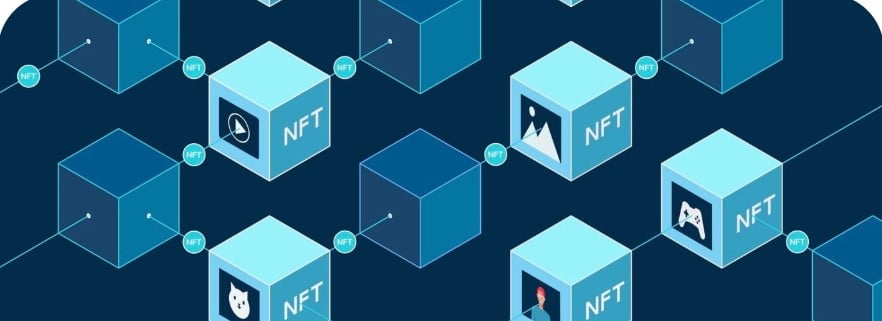





































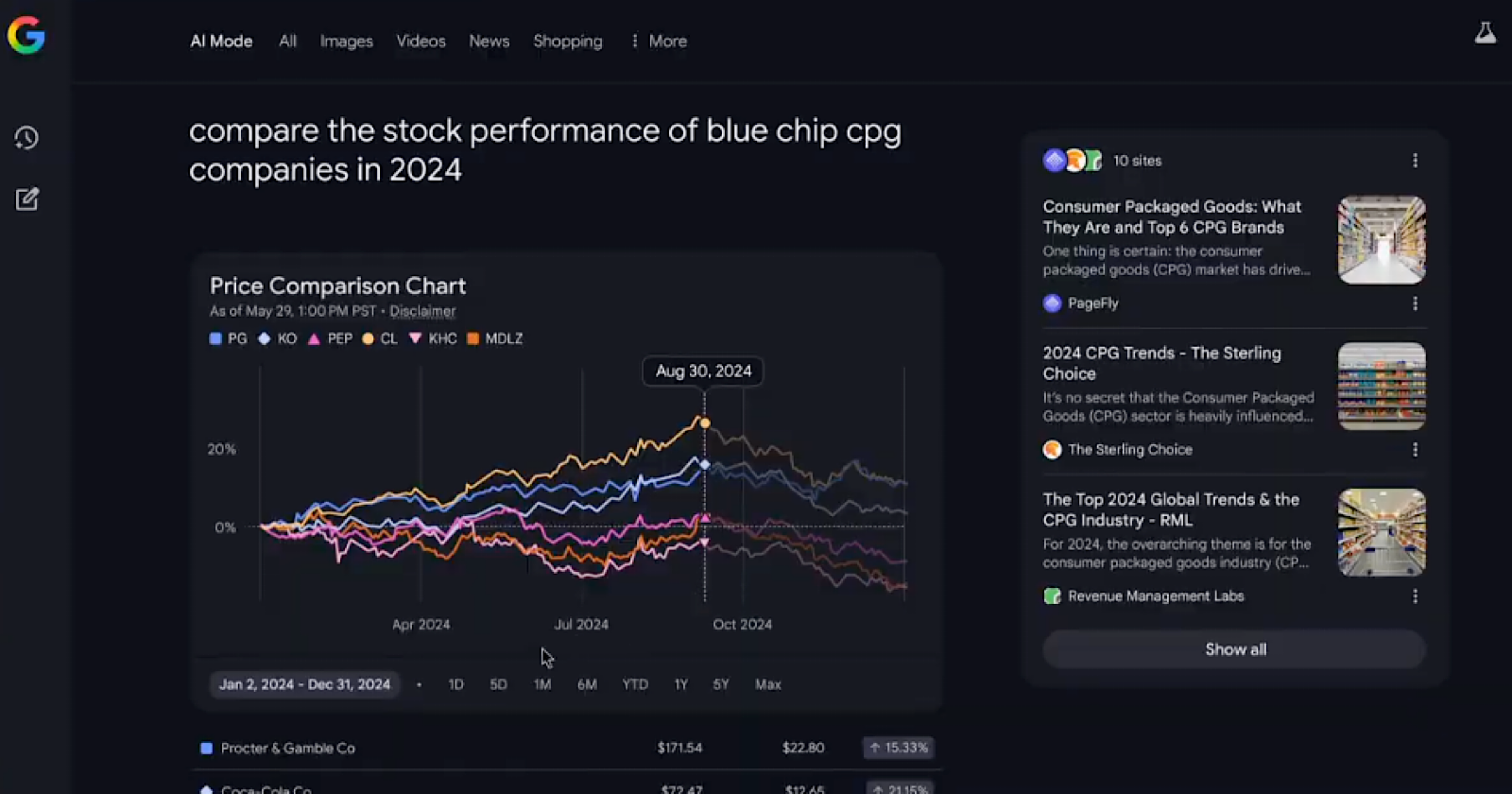
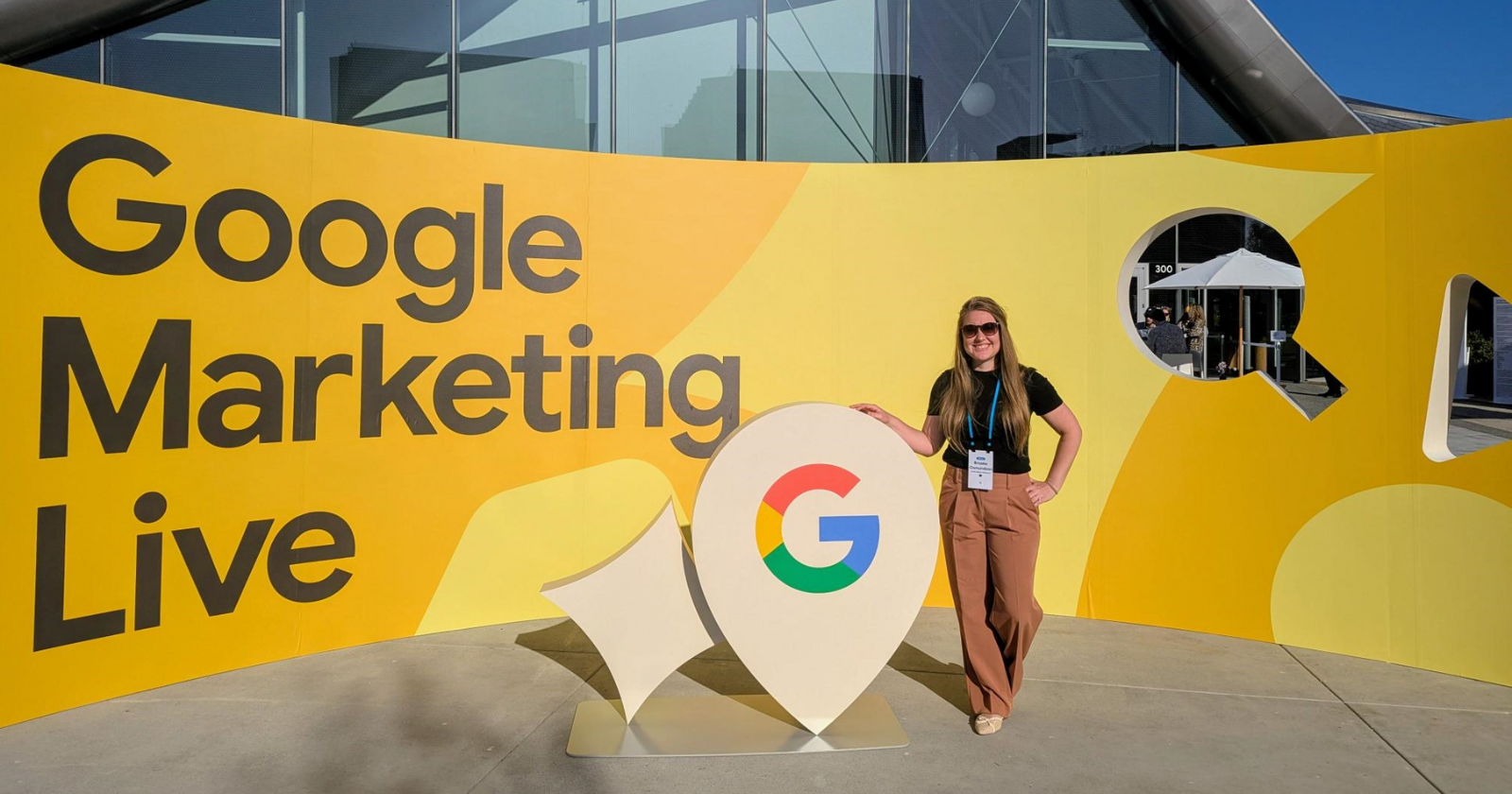






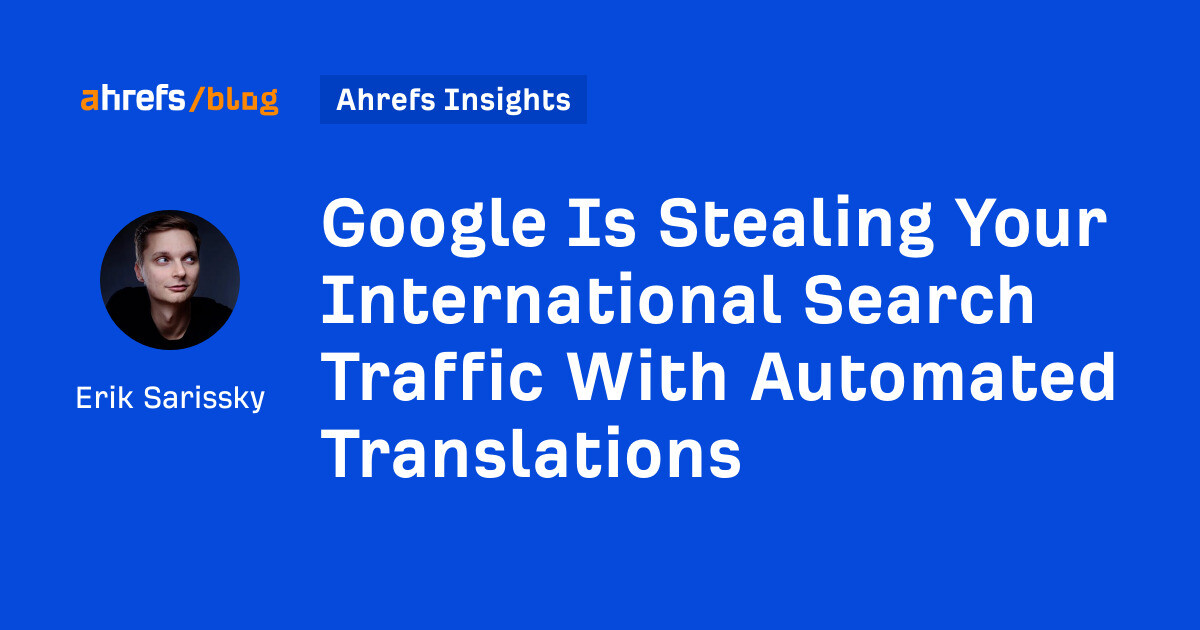


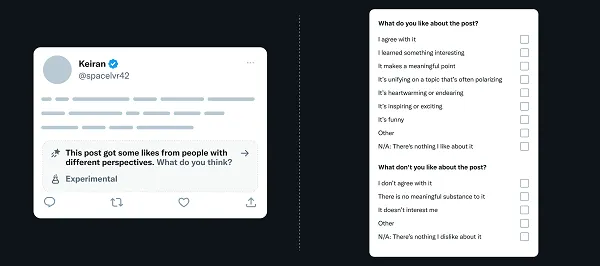
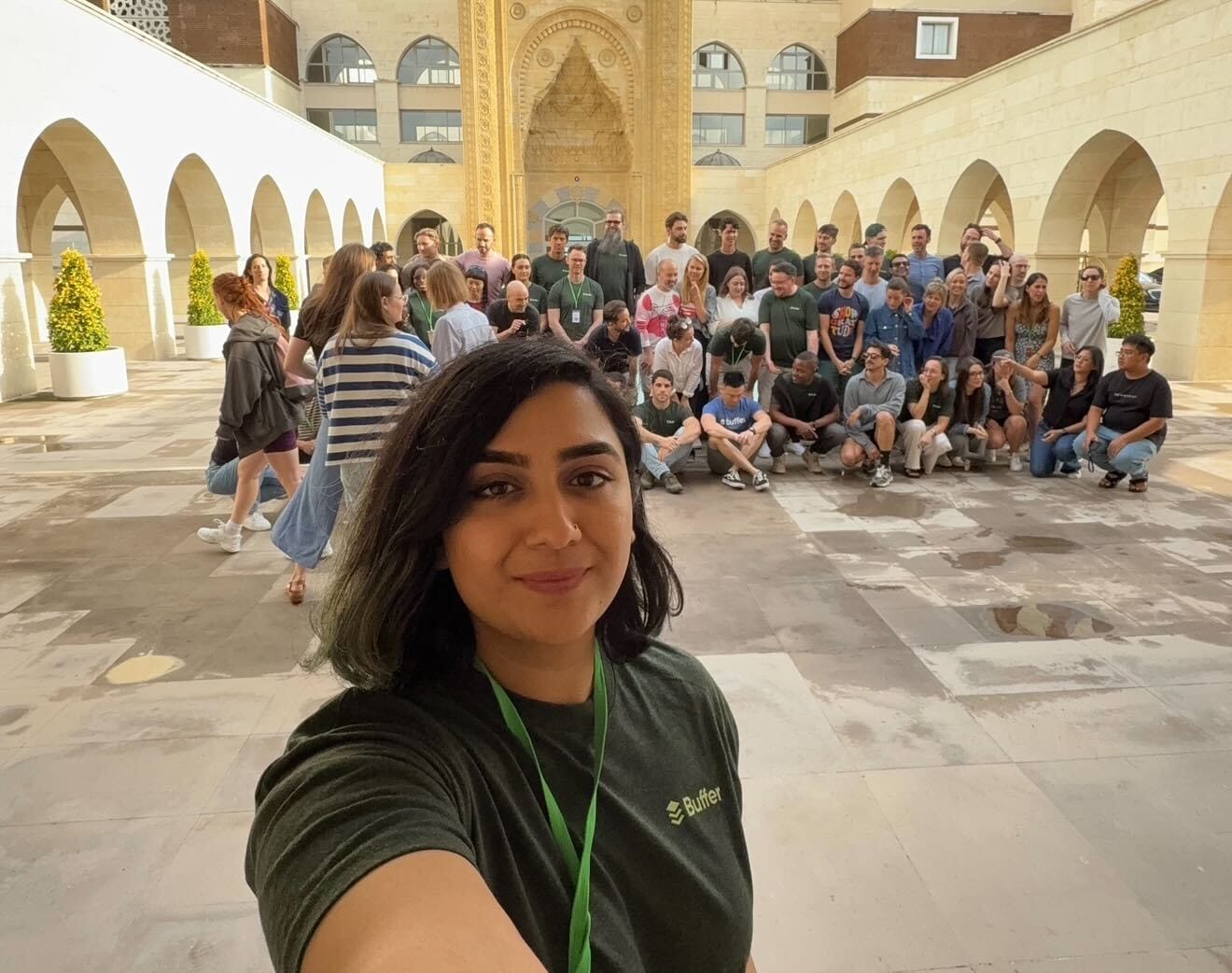

![41 Instagram features, hacks, & tips everyone should know about [new data]](https://www.hubspot.com/hubfs/Instagram-hacks-1-20240916-2633447.webp)

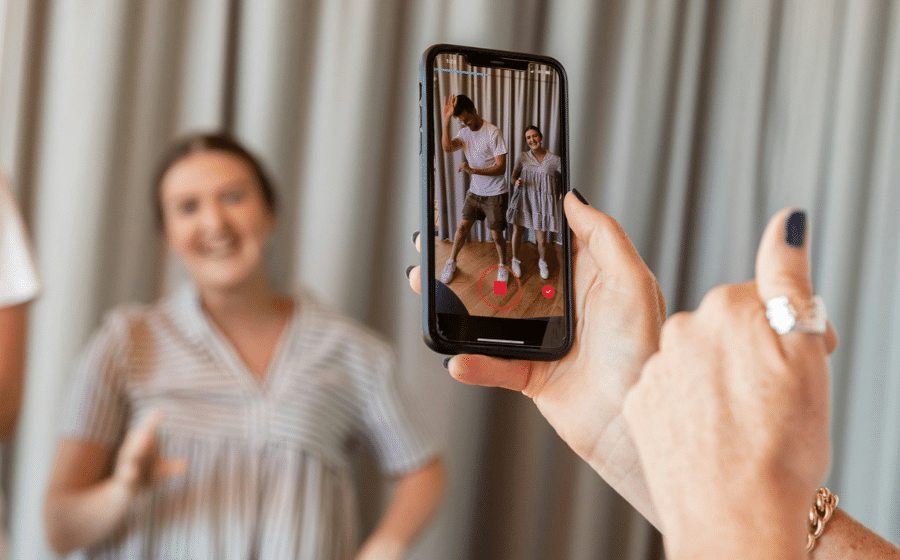





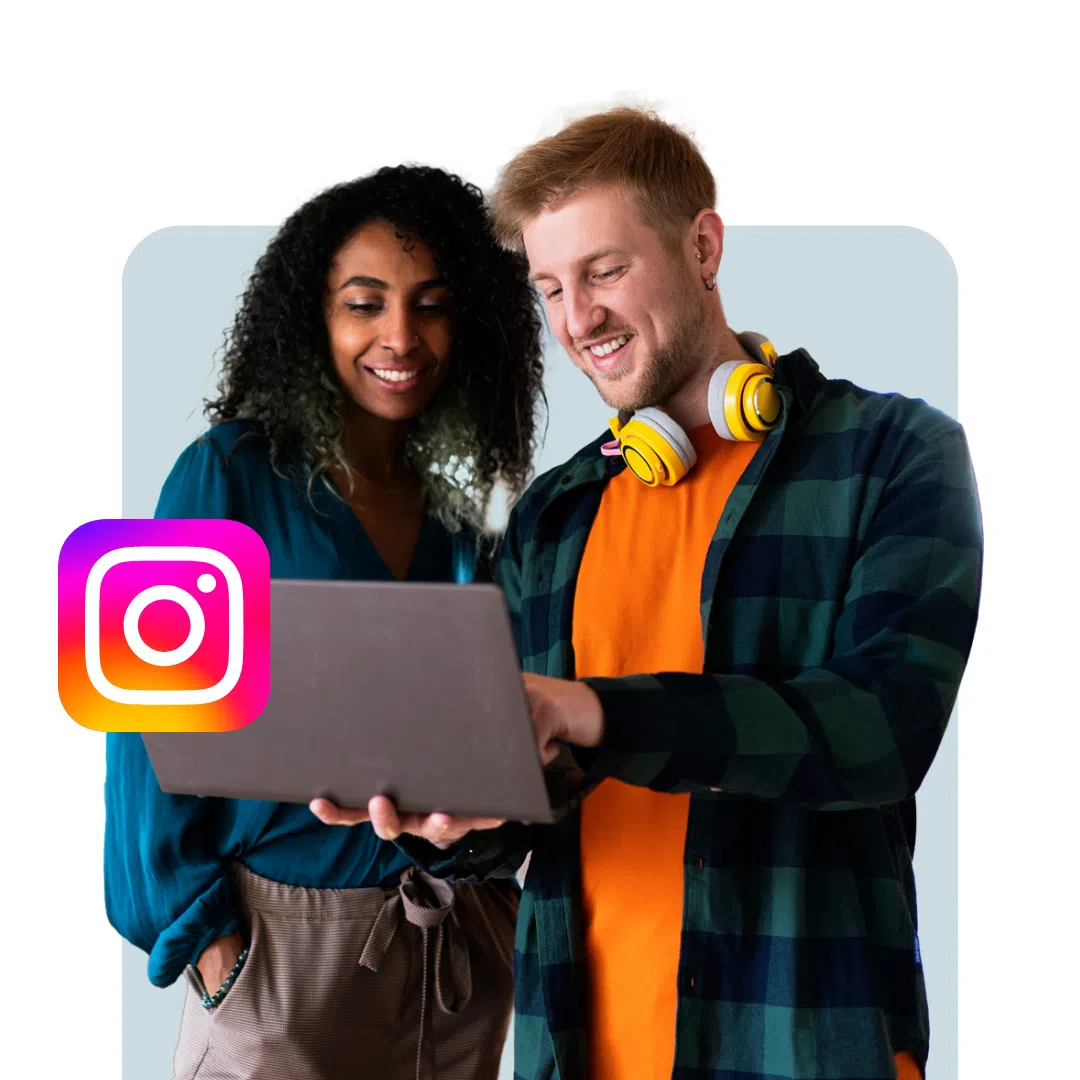
![Social media image sizes for all networks [June 2025]](https://blog.hootsuite.com/wp-content/uploads/2023/01/Social-Media-Image-Sizes-2023.png)






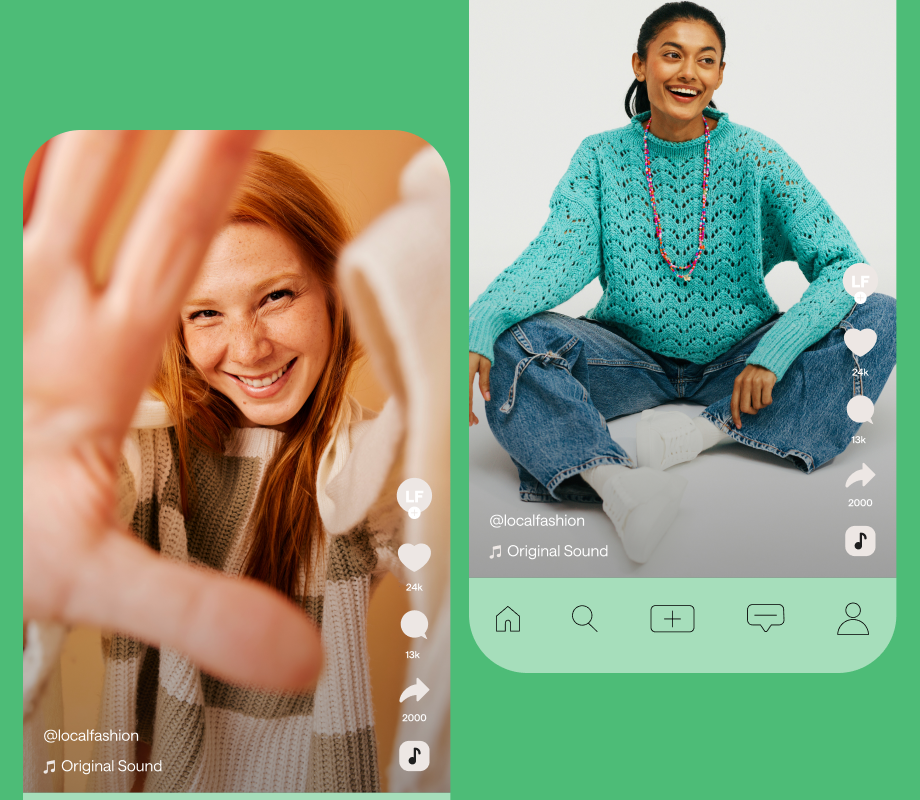

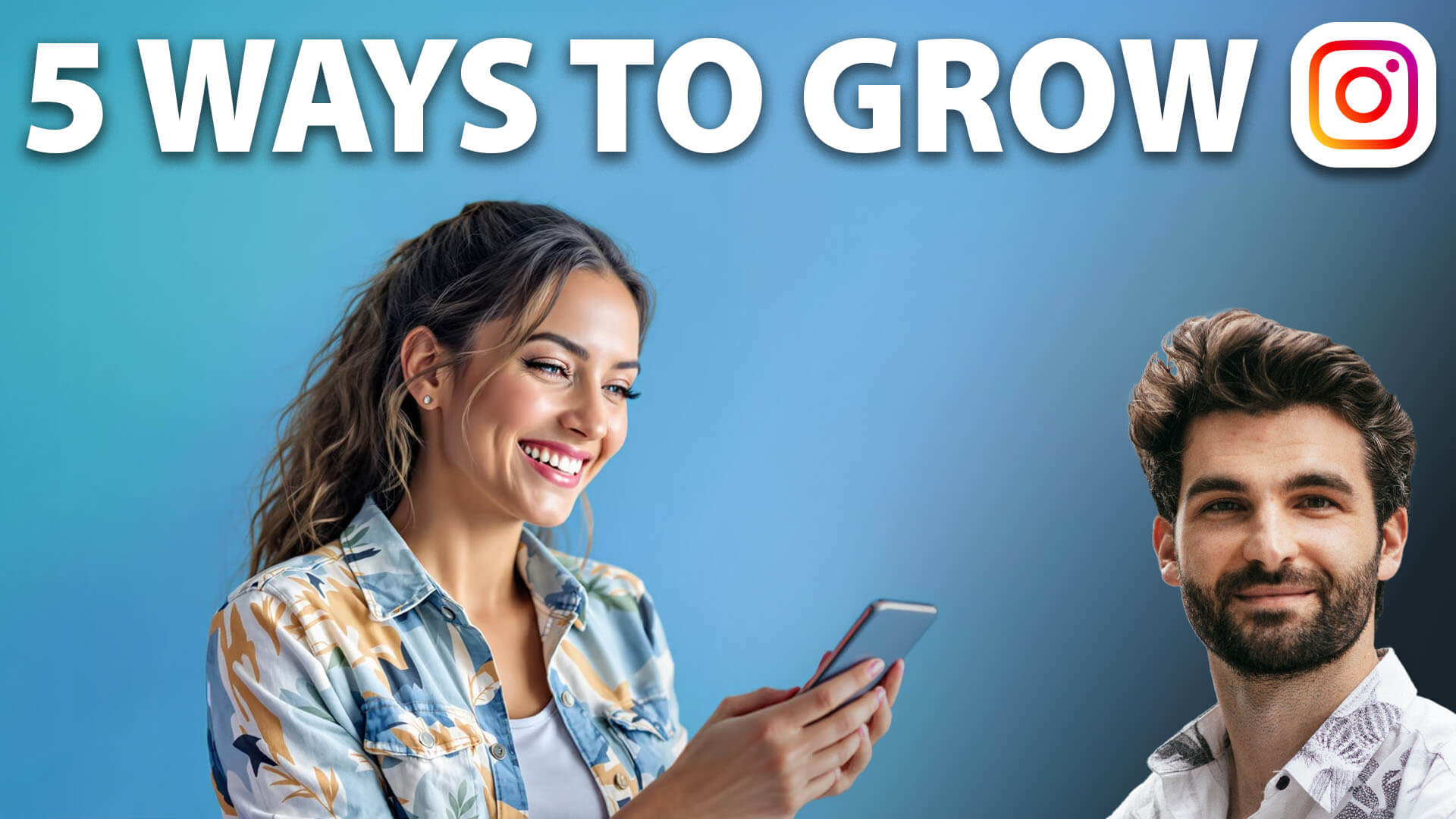








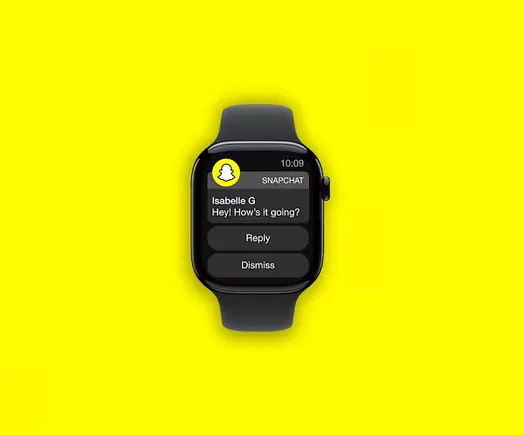




![Download Now: The 2025 State of Social Media Trends [Free Report]](https://no-cache.hubspot.com/cta/default/53/3dc1dfd9-2cb4-4498-8c57-19dbb5671820.png)



